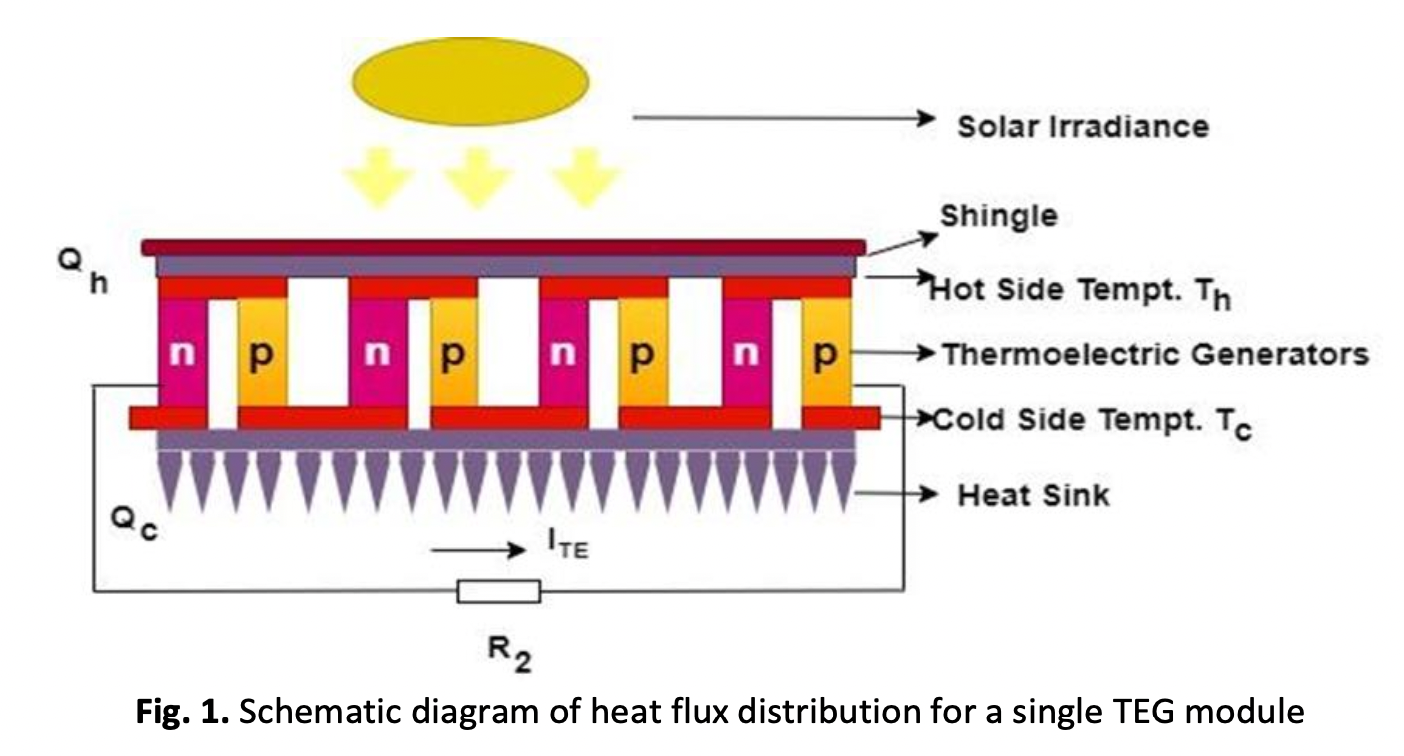Thermoelectric Energy Harvesting from the Roof and Attics of a Building
DOI:
https://doi.org/10.37934/arfmts.115.2.8395Keywords:
Thermoelectric Generator (TEG), national instrument, heatsink, rooftop, attic area, harvestingAbstract
Globally people are faced with difficulties in environmental pollution, increasing power costs, and global warming. As such researchers are focusing on enhancing energy-harvesting using thermoelectric generators for power generation to lessen the difficulties. Through the Seebeck effect, thermoelectric generators (TEGs) have proven their ability to convert thermal energy into electric power. Given the unique benefits they present, thermoelectric generators have arisen in the recent decade as a possible alternative to other green power generation technologies. A thermoelectric generator (TEG) is a solid-state device that converts thermal energy into electrical energy. TEG consists of elements of p and n-type semiconductors, connected thermally in parallel and electrically in series. In this paper, one hundred and ninety-two thermoelectric generators connected in series and parallel were used to investigate the thermal energy potential at the roof and attic area for domestic application for 20 days from the falling solar radiation on a residential prototype in Bashar, Wase Local government area of Plateau State. A theoretical analysis was used in determining the average output power (P) due to the delta T across the thermoelectric generator module junction. The load resistance value of the thermoelectric generator configuration was evaluated. The results show that the TEG generated power output ranging from 217 mW to 1.99 W throughout the day, 5.97 mW to 13.8 mW in the morning, and 6.8 mW to 36.9 mW in the evening. Furthermore, The finding also reveals that the attic side has the capacity to store thermal energy, which can be harnessed owing to the fast heat transfer to the surroundings during the convection process. In conclusion, solar irradiance has a major impact on the system.
Downloads

































